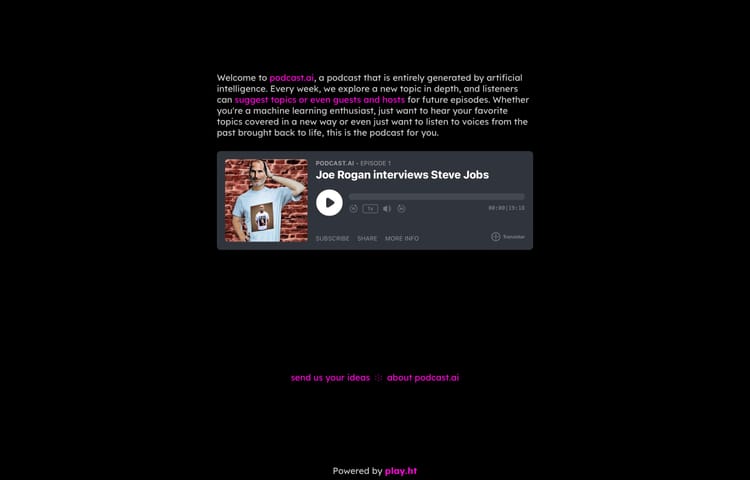5 important things I learnt when Blogging Old
Contents
1. Don’t just rely on your blog’s RSS feed
This is probably the most important lesson I learnt when creating my blog and it could be yours as well. Firstly, I used a tool which generates an RSS feed for me, once I did this, I thought I was done and little did I know just how wrong I was. You see, when you have an RSS feed, you don’t have any analytics on who is subscribing and no one can easily subscribe to you, no matter what tool they’re using.
Once you have your feed set up, you need to use an analytics feed tool such as FeedBurner. You simply tell it where your feed is, and they will generate a URL for you to use for others to subscribe to.
Next, you need to your blog or website to tell others and the tools they use where your feed is, so when they visit you, their blog will know you have a feed. Take the following code as an example and place it in the head of your HTML…
<link rel="alternate" type="application/rss+xml" href="/rss.xml" title="Michael Brooks Blog"/>You will now be thankful that users can subscribe to your blog, but you will be even more thankful with the fact that you can now track who subscribes and unsubscribes from your blog.
2. Make sure you can analyse your blog properly
This one may sound pretty obvious, but it can be easy to forget when setting up your blog. You need to ensure you either sign up to Google Analytics or Piwik. You can even use any analytics software which comes with your blog, as long as you understand it and get results from it.
Next up, you need to ensure that you understand the analytics coming from your blog, read up some articles on the subject and watch some Youtube videos and absorb as much information which they give you as possible.
3. Maximise landing pages on your blog
This is one which I am still yet to do and I think it’s mainly down to the fact that my blogs are more personal, but if you have a specific niche, then you need to create striking landing pages and maximise your click throughs to get maximum impact and really lure your readers in.
4. Ensure you have the correct tools set up
We already mentioned about your RSS feed which is definitely the most important tool to have set up correctly. You should also ensure you have your mailing lists, analytics and landing pages sorted.
You also really need to sit down and think about any others you could potentially need as the sooner your add them to your blog, the more useful they will be in the long run. By this, I mean that even if you feel like a tool might scare people away, or not bring constant viewers, well you’ll never know until you implement these tools and test them. I went through this phase with email forms and pop ups, I felt that people would get too annoyed and I left them for a very long time and now I regret that decision and wished I tested early and gained concrete data with what works.
Always test tools and if they’re not working for you, stop using it. As soon as you feel a tool could be helpful, start using it.
5. Don’t lose faith with your blog
Finally, never lose faith in your blog even if it feels like no one is watching, if you give it enough time, the viewers will start to show. Tell your friends, family and start socialising on other media sites. You can also share your posts with relevant sites who may find it useful and they may also share it to others.
Even when the viewers start showing, if it doesn’t hit your expectations, you still shouldn’t lose faith. Just lower your expectations and create more realistic goals.




Member discussion